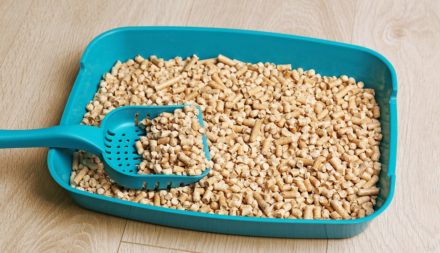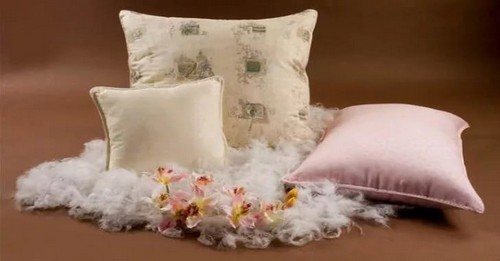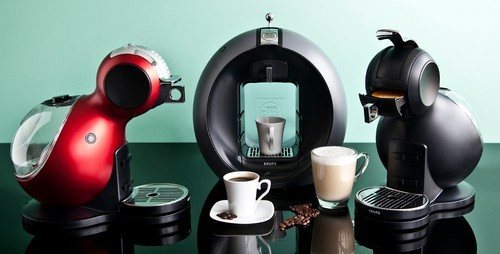Thinsulate insulation is an artificial material and is widely used when sewing warm clothes.
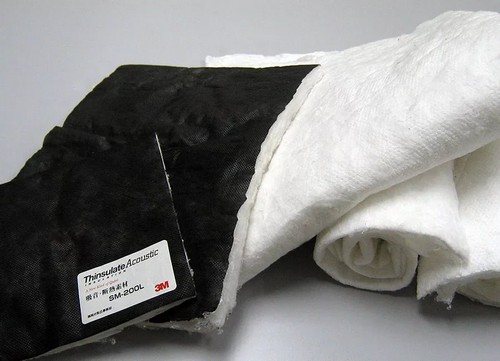
History of the material
The appearance of insulation goes back to the 60s of the twentieth century. The Thinsulate trademark was officially registered in 1978 by the American company ZM. Initially, Thinsulate was developed by order of NASA for the needs of space.
Subsequently, the material was successfully used for polar explorers, Olympic athletes, workwear, and mountain climbers (sleeping bags and other equipment).
For the last 20 years, Thinsulate has been successfully competing in the market of insulating materials for warm clothing and footwear.
Characteristics
Thinsulate or artificial swan down has a set of undeniable advantages. The creators of the material tried to reproduce the structure of the natural down of swans. The insulation is made from polyester fibers, while the fibers are treated with silicone and twisted in a spiral. The thickness of the fiber is 60 times less than that of a human hair. The fiber diameter ranges from 2-10 microns. The fibers are intertwined and in some areas connected by thermal bonding. This production method produces a large number of layers of air, and this in turn makes it possible to provide thermal insulation that can withstand up to 60 degrees below zero.
In terms of its ability to retain heat, Thinsulate insulation is 1.5 times more effective than swan down.
The material allows moisture to escape, which is successfully used when sewing sportswear. The heat of the human body is retained.
The insulation has hypoallergenic properties, which allows it to be used for children's clothing and people suffering from various types of allergies.
Insulation with minimal thickness is more effective than many known artificial materials.
Application of Thinsulate
The material is presented on the market in five main varieties:
- Classic or type C. The main area of use is the insulation of winter clothes. Often, manufacturers combine insulation with other components and fabrics. Thinsulate is attached with ultrasound or special glue.
- Type P is used for children's clothing and sports equipment. A distinctive feature of this type is its “immobility” inside the product; it does not require fixation. It is considered the most economical.
- For bedding (blankets, pillows) the TIB type is used. In some cases it is used for sportswear.
- For sewing shoes, moisture-resistant type B is used. It contains 88% polypropylene and 12% polyester. In addition to moisture resistance, the insulation does not lose its properties under the influence of repeated compressive loads.
- The addition of fire retardants for FR type insulation makes it possible to produce workwear for oil workers and emergency workers.
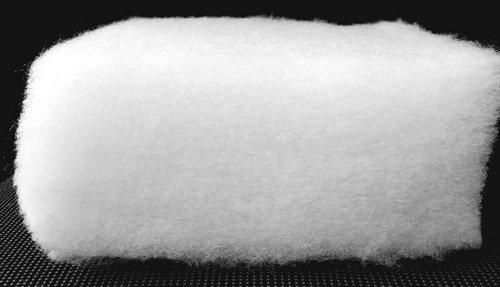
The density of the material produced by manufacturers is different and depends on the purpose of the filler. The minimum density is 98 g/m2, the maximum is 420 g/m2.
The scope of application of the material is extensive due to its unique heat preservation properties.Clothing made with Thinsulate successfully withstands extreme temperature tests and helps to maintain people's health.
In addition to the above, Thinsulate is successfully used in the manufacture of thermal underwear, diving suits, ski boots, helmets, gloves, and hats. And, of course, for astronauts.
The insulation of the listed types can be made in several modifications:
- pure material without linings;
- with a one-sided protective shell;
- double-sided coating of the insulation with shells.
The insulation with the shell is necessarily quilted when sewing products. The distance between the stitches should be at least 11 cm. Frequent stitches reduce the thermal insulation properties of the material.
Advantages and disadvantages of insulation
The material has significantly more positive aspects than disadvantages. The insulation has the following positive properties:
is a leader among thin-layer insulation materials;
- heat retention indicators are at a high level;
- has all the necessary certificates confirming the safety of use, consists of environmentally friendly components, does not cause allergies of various kinds;
- does not lose its original shape after repeated washings;
- the filler does not clump during use of the products;
- unlike natural insulation, thinsulate is not subject to absorption and retention of foreign odors
- the use of the insulation filler is universal in many areas.
- It is also worth noting the disadvantages. These include:
the ability to accumulate a static charge of electricity;Clothing using Thinsulate successfully withstands extreme temperatures and helps preserve people's health.
- In addition to the above, Thinsulate is successfully used in the manufacture of thermal underwear, suits for divers, ski boots, helmets, gloves, and headgear. And, of course, for astronauts.
- The insulation of the listed types can be manufactured in several modifications:
- pure material without lining;
double-sided coating of insulation with shells.
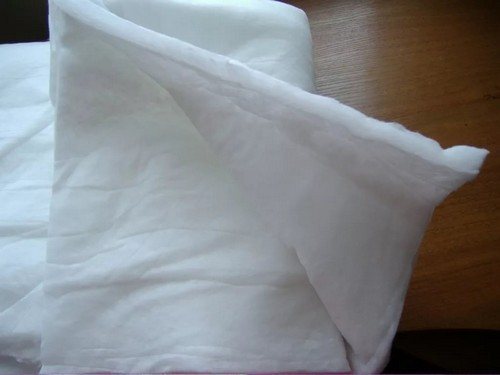
The insulation with the shell must be quilted when sewing products. The distance between stitches must be at least 11 cm. Frequent stitches reduce the heat-shielding properties of the material.
Not all that glitters is gold: how to make silver and cupronickel cutlery shine
Advantages and disadvantages of insulation
The positive aspects of the material are much greater than the disadvantages.
The insulation has the following positive properties:
is a leader among thin-layer insulating materials;
heat preservation indicators are at a high level;
does not lose its original shape after repeated washings;
- the filler does not clump together during product use;
- Unlike natural insulation, Thinsulate is not susceptible to absorption and retention of foreign odors.
- The use of insulation filler is universal in many areas.
Disadvantages should also be noted. These include:
the ability to accumulate a static charge of electricity;
improper use of products (for example, sleeping under a Thinsulate blanket in the summer) can lead to overheating of the body;


